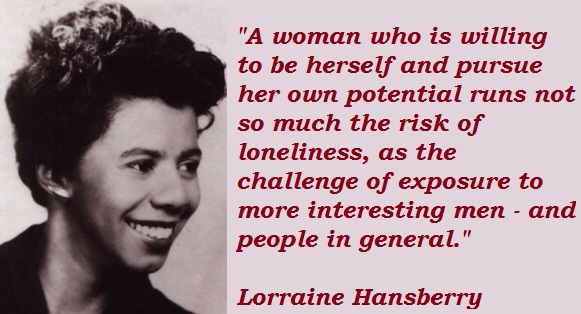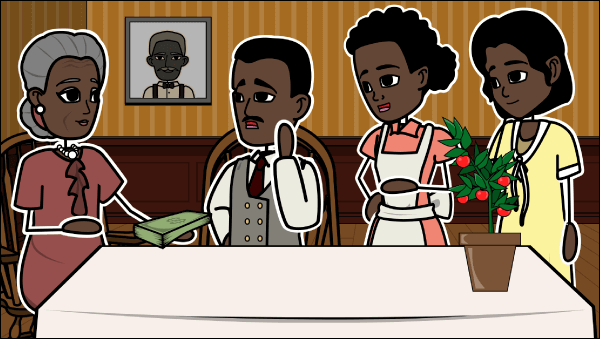

The first producer of this play had a hard time raising funds for its production because most people felt that only African Americans were able to relate to the themes of the play. The recent staging of this play under director Bill Duke took on a new dimension by reminding the audience about the black culture. However, half a century later this political message is no longer a hot topic. When this play first debuted in 1959, it had a significant political message. The family’s life is turned upside down when Lena decides to use the insurance money to purchase a house in an all-white neighborhood. Beneatha attracts two suitors in the characters of Joseph Asagai and George Murchison. All the players in “A Raisin in the Sun” are African Americans except for Karl Lindner the neighborhood association chairman. Lena is the one who has the responsibility of adjudicating over this insurance money. All the family members’ dreams are pegged on this ten thousand- dollar check. Lena’s husband Walter is recently deceased leaving behind a substantial life insurance check. The matriarch of the Younger family is Lena whose only goal is to provide her family with a foundational home. Beneatha is his sister who dreams of becoming a doctor although everybody else thinks she has better chances of getting into nursing. His wife Ruth takes care of their little boy while Travis spends most of his time either complaining or dreaming. There is Travis who dreams of opening a big business that will change his life. The family is living in a shabby South Chicago apartment and each of the family’s members is on the pursuit of his/her dream. The story’s plot revolves around the Younger family. The play also acts as a teaching aid to the later day “hip hop” generation. This thematic content is one of the reasons why this production has continued to garner critical success.

This play addresses the hottest topics of the 1950s including white skin privilege, gender roles, patriarchy/matriarchy, and poverty.


 0 kommentar(er)
0 kommentar(er)
